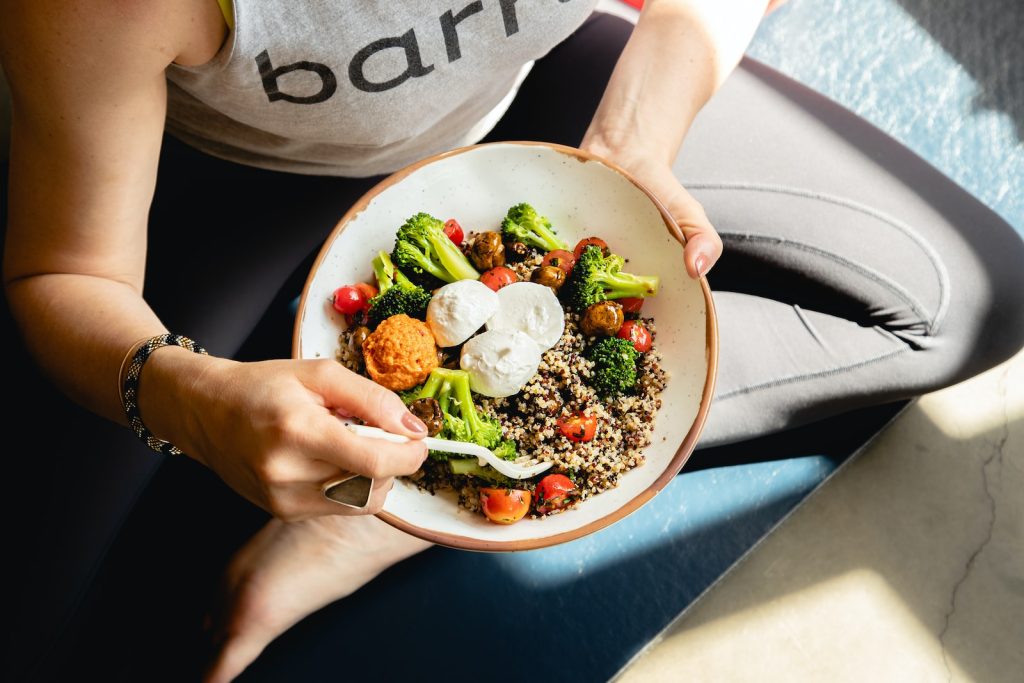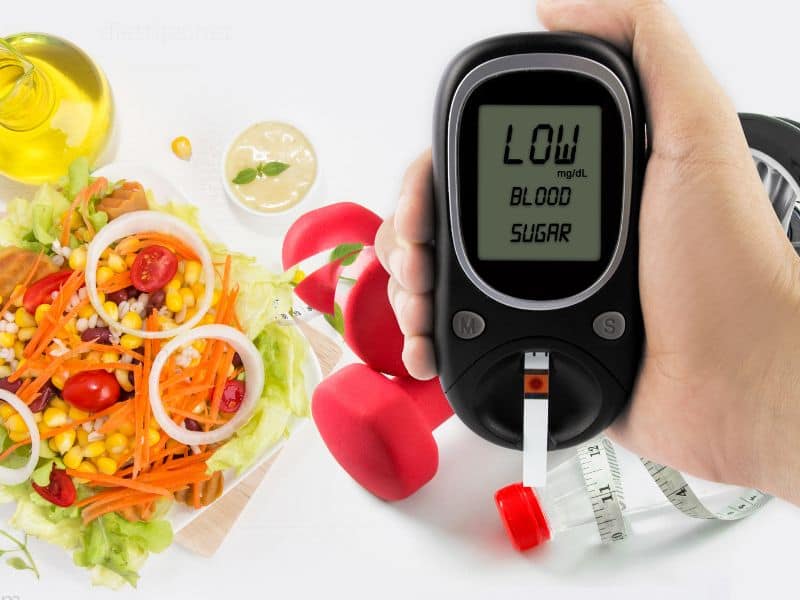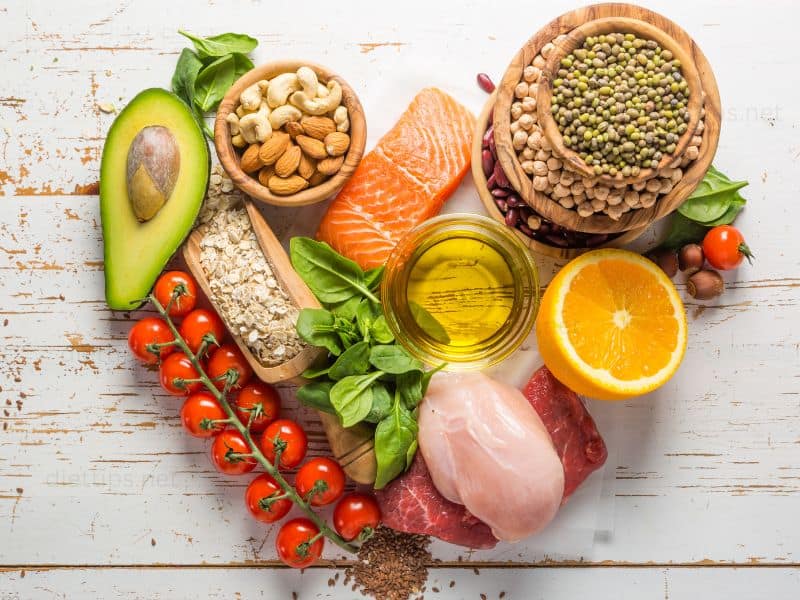With an emphasis on reducing inflammation in the body, this guide will provide you with valuable insights, practical tips, and essential dietary recommendations to help you make informed choices about the foods you consume. By adopting an anti-inflammatory diet, you can take active steps towards enhancing your overall health and achieving a more balanced lifestyle.
Understanding Inflammation

Inflammation is a natural response of the immune system to protect the body from harm. It is a necessary process when the body encounters injuries or infections. However, chronic inflammation can have negative effects on overall health and is associated with various chronic diseases including heart disease, diabetes, and arthritis.
Definition of the Anti-Inflammatory Diet
An anti-inflammatory diet focuses on consuming foods that can help reduce inflammation in the body. It emphasizes whole, nutrient-dense foods while limiting or avoiding processed and inflammatory foods. By following an anti-inflammatory diet, you can provide your body with the necessary nutrients to support a healthy immune system and potentially reduce the risk of chronic diseases.
Benefits of Following an Anti-Inflammatory Diet
Research has shown that adhering to an anti-inflammatory diet can provide numerous benefits for your health. Some of the key advantages include:
- Reduced risk of chronic diseases: By reducing inflammation in the body, an anti-inflammatory diet can help protect against chronic diseases such as heart disease, diabetes, and certain types of cancer.
- Improved gut health: The foods included in an anti-inflammatory diet, such as fruits, vegetables, and probiotics, can support a healthy gut microbiome and promote better digestion.
- Enhanced brain function: Chronic inflammation has been linked to cognitive decline and neurodegenerative diseases. An anti-inflammatory diet, rich in antioxidants and omega-3 fatty acids, can help support brain health and cognitive function.
- Weight management: Following an anti-inflammatory diet can help in maintaining a healthy weight. The emphasis on whole, unprocessed foods can promote satiety and reduce cravings for unhealthy foods.
- Increased energy levels: Nutrient-dense foods in an anti-inflammatory diet provide essential vitamins, minerals, and antioxidants, resulting in improved energy levels and overall well-being.
- Better skin health: Inflammation can contribute to skin conditions such as acne and eczema. By reducing inflammation and supporting skin health with an anti-inflammatory diet, you may experience improvements in your skin’s appearance.
✅ Foods to Include in an Anti-Inflammatory Diet
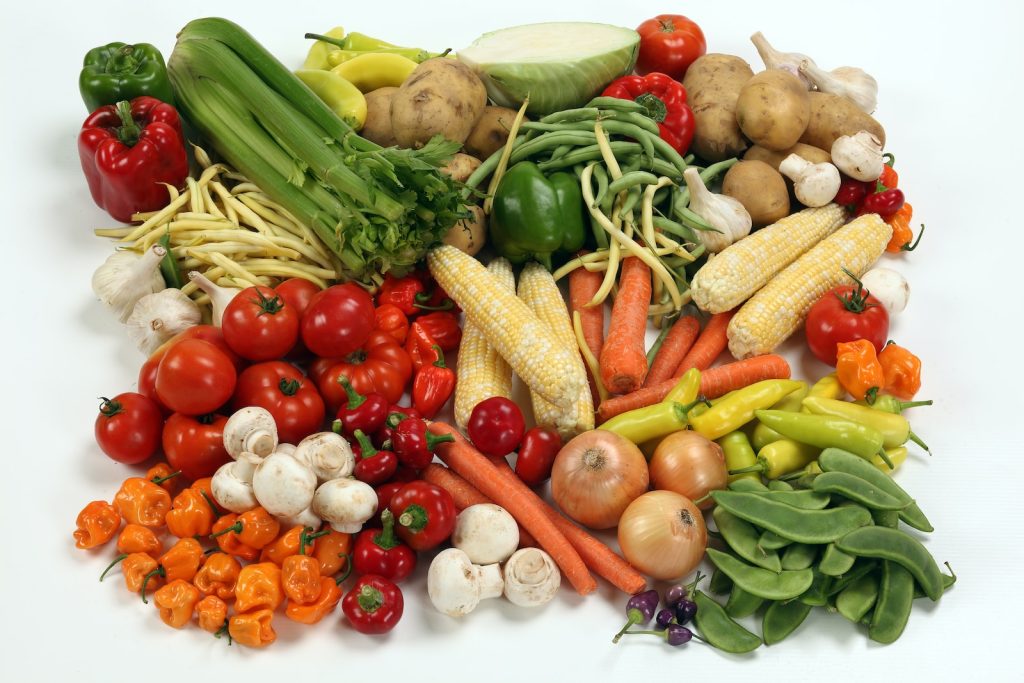
Plant-based Foods
The foundation of an anti-inflammatory diet is plant-based foods, which should make up a significant portion of your meals. Fruits, vegetables, legumes, and whole grains are rich in antioxidants, fiber, and phytochemicals that have anti-inflammatory properties. Aim for a colorful variety of fruits and vegetables to obtain a wide range of nutrients.
Healthy Fats
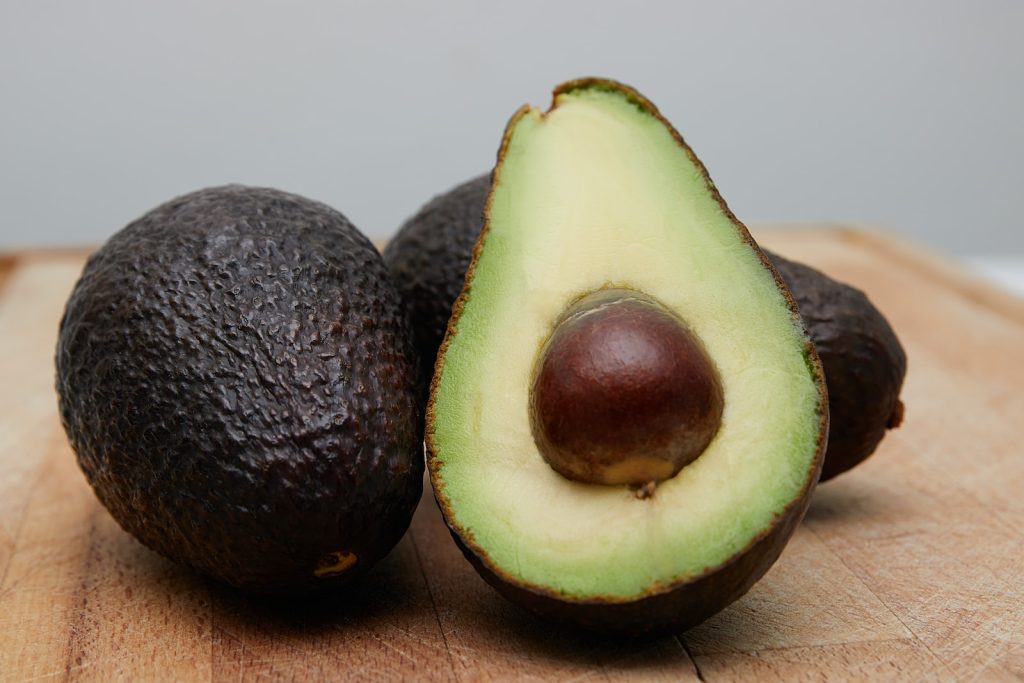
Incorporating healthy fats into your diet is crucial for reducing inflammation. Foods such as avocados, olive oil, nuts, and seeds are abundant in monounsaturated fats and omega-3 fatty acids, both of which have anti-inflammatory effects. Use olive oil as your primary cooking oil and add a handful of nuts and seeds to your meals or snacks.
Spices and Herbs
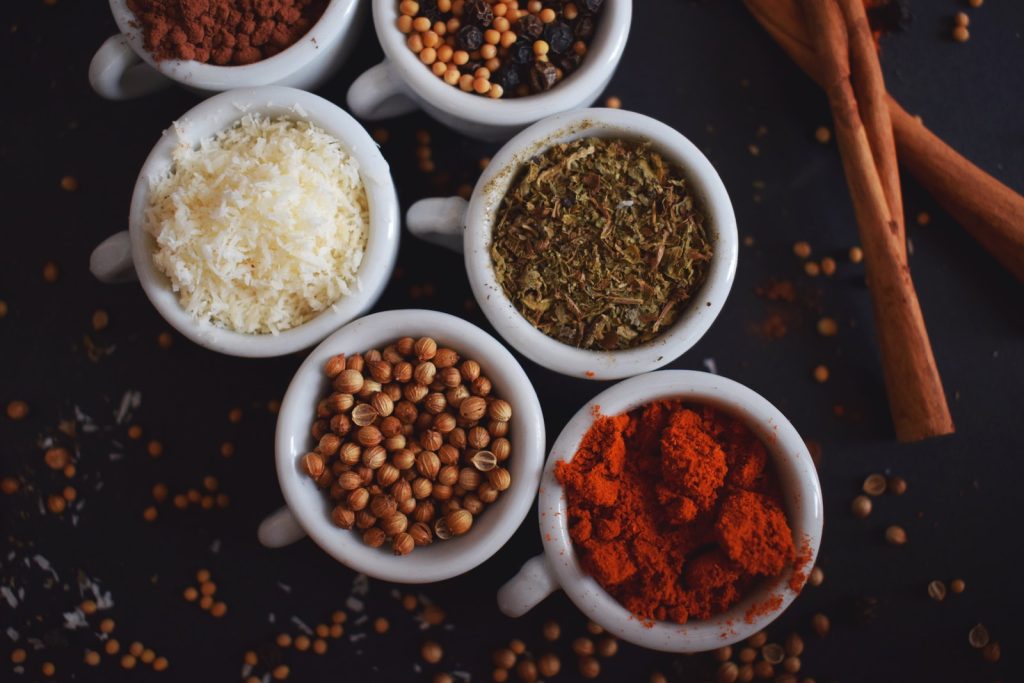
Many spices and herbs have potent anti-inflammatory properties. Turmeric, ginger, cinnamon, garlic, and basil are just a few examples. Include these flavorful ingredients in your cooking to enhance the taste of your meals while reaping the anti-inflammatory benefits.
Fatty Fish
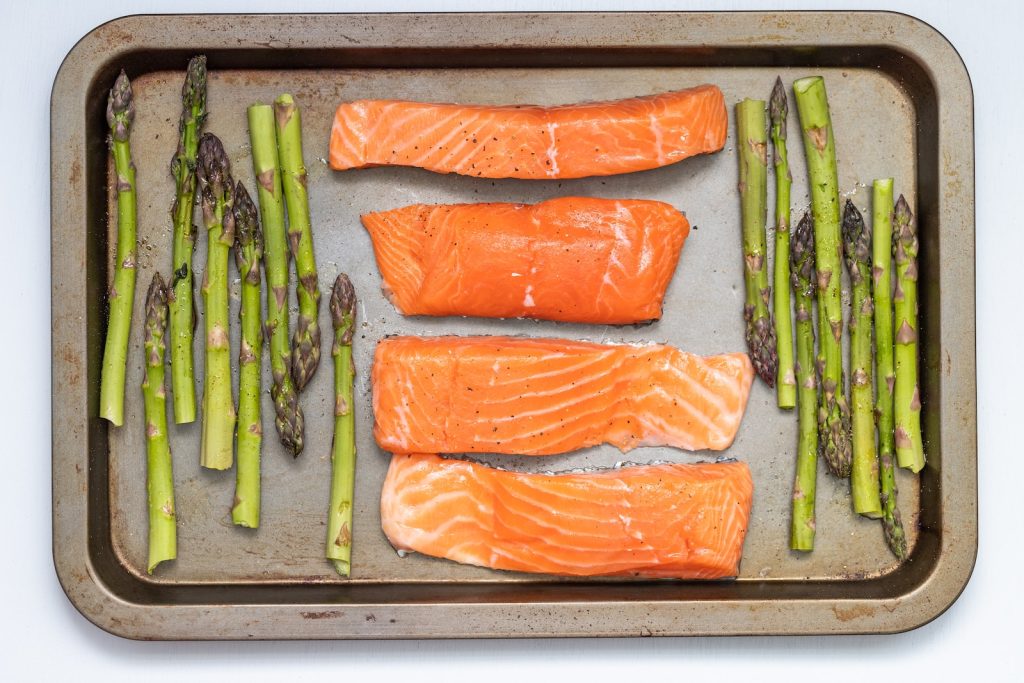
Fatty fish like salmon, mackerel, and sardines are excellent sources of omega-3 fatty acids. These healthy fats help reduce inflammation in the body and provide cardiovascular benefits. Aim to consume fatty fish at least twice a week as part of your anti-inflammatory diet.
Whole Grains
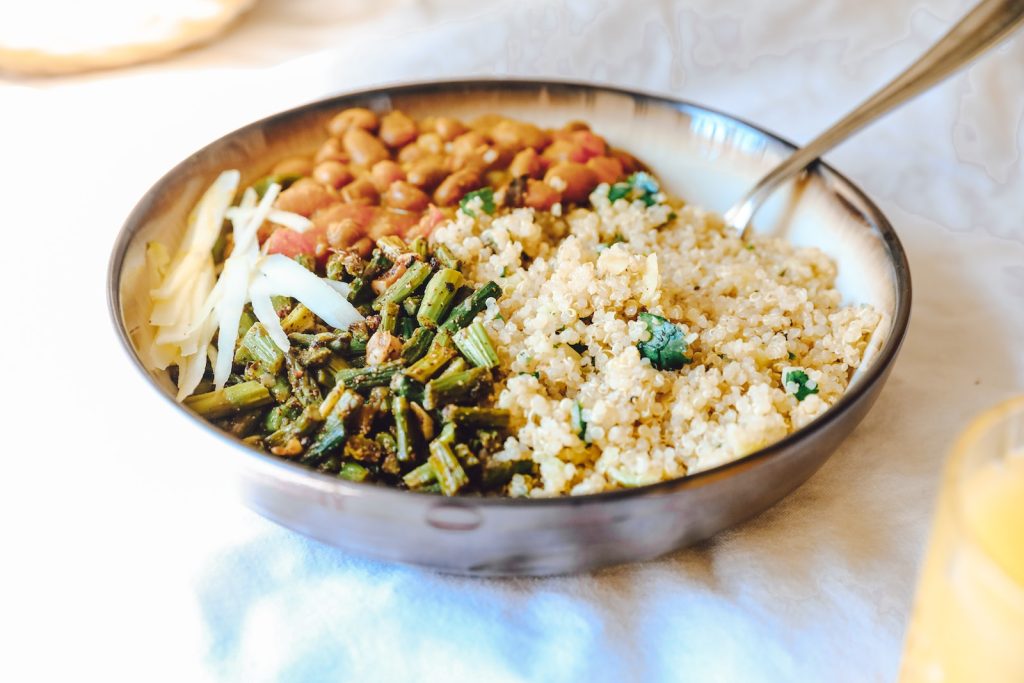
Replace refined grains with whole grains to maximize the anti-inflammatory potential of your meals. Whole grains such as quinoa, brown rice, oats, and whole wheat bread are rich in fiber and antioxidants, making them a healthier choice for minimizing inflammation.
Nuts and Seeds
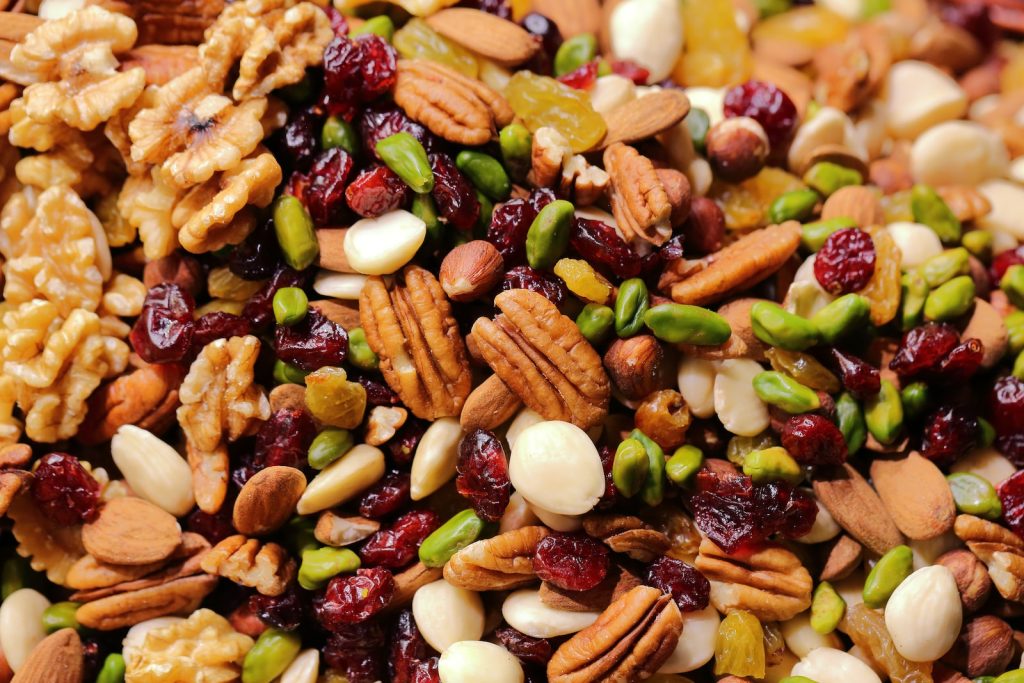
Nuts and seeds are not only a great source of healthy fats but also provide protein, fiber, and essential minerals. Almonds, walnuts, flaxseeds, and chia seeds are particularly beneficial due to their anti-inflammatory properties. Enjoy them as a snack or sprinkle them over salads, yogurts, or smoothies.
Green Tea

Green tea is packed with antioxidants called catechins, which have been shown to have anti-inflammatory effects. Incorporate green tea into your daily routine as a refreshing beverage and enjoy its potential health benefits.
❌ Foods to Avoid in an Anti-Inflammatory Diet
Processed and Fast food
Processed and fast foods are often high in unhealthy fats, refined carbohydrates, and additives that can promote inflammation in the body. These foods typically lack essential nutrients and are best avoided in an anti-inflammatory diet.
Refined Carbohydrates
Refined carbohydrates such as white bread, white rice, pasta, and sugary cereals have been stripped of their natural fiber and nutrients. They can cause a spike in blood sugar levels and trigger inflammation. Opt for whole-grain alternatives for better health outcomes.
Sugary Beverages
Sugary drinks like soda, fruit juices, and energy drinks are loaded with added sugars, which contribute to inflammation and have negative effects on overall health. Replace these beverages with water, herbal teas, or naturally flavored water infused with fruits or herbs.
Trans Fats
Trans fats are artificial fats found in many processed snacks, fried foods, and commercial baked goods. These fats not only promote inflammation but also contribute to heart disease. Always check food labels and avoid products that contain hydrogenated or partially hydrogenated oils.
Highly Processed Oils
Certain vegetable oils, such as soybean oil, corn oil, and sunflower oil, undergo extensive processing that can alter their fatty acid profile and promote inflammation. Opt for healthier alternatives like olive oil, avocado oil, or coconut oil.
Excessive Alcohol
While moderate alcohol consumption may have some health benefits, excessive alcohol intake can lead to chronic inflammation and various diseases. Limit your alcohol consumption and opt for healthier alternatives like herbal teas or sparkling water.
Key Nutrients and Supplements
Omega-3 Fatty Acids
Omega-3 fatty acids, found in fatty fish, walnuts, flaxseeds, and chia seeds, are essential for reducing inflammation. If your diet lacks omega-3-rich foods, consider taking a high-quality fish oil supplement to ensure an adequate intake.
Vitamin D
Vitamin D plays a crucial role in immune function and inflammation regulation. Sunlight is the best source of vitamin D, but if you have limited sun exposure, consult with a healthcare professional about potential supplementation.
Antioxidants
Antioxidants neutralize harmful free radicals in the body and help combat inflammation. Include antioxidant-rich foods such as berries, dark chocolate, spinach, and kale in your anti-inflammatory diet.
Probiotics
Probiotics are beneficial bacteria that support a healthy gut microbiome. Consuming foods like yogurt, sauerkraut, kefir, and kimchi can help maintain a balanced gut flora, reducing inflammation and supporting overall health.
Turmeric and Curcumin
Turmeric contains a compound called curcumin, which has potent anti-inflammatory properties. Incorporate turmeric into your cooking or consider taking a curcumin supplement for additional anti-inflammatory support.
Meal Planning and Preparation

Creating a Balanced Meal
When planning meals, ensure they contain a balance of macronutrients – carbohydrates, proteins, and healthy fats. Aim for half of your plate to be filled with vegetables, one-quarter with lean protein, and the remaining quarter with whole grains or starchy vegetables.
Portion Control
Maintaining appropriate portion sizes is essential to prevent overeating and maintain a healthy weight. Use measuring cups, kitchen scales, or visual cues to ensure you’re consuming reasonable portions of each food group.
Meal Prepping Tips
Meal prepping can help you stay on track with your anti-inflammatory diet. Set aside a specific time each week to plan your meals, batch cook, and pre-portion your meals into containers for easy access throughout the week.
Recipe Selection and Adaptation
Look for recipes that use whole, unprocessed ingredients and align with an anti-inflammatory diet. Adapt recipes to incorporate anti-inflammatory foods and eliminate or reduce ingredients that are not in line with the diet.
Kitchen Essentials for an Anti-Inflammatory Diet
Stocking your kitchen with the right essentials can make it easier to follow an anti-inflammatory diet. Some key items to have on hand include olive oil, herbs and spices, whole grains, legumes, nuts and seeds, and a variety of fruits and vegetables.
Gradually Implementing Changes

Setting Realistic Goals
Approach the transition to an anti-inflammatory diet with realistic goals. Start by making small changes and gradually incorporating more anti-inflammatory foods into your meals. This approach can help create long-term and sustainable habits.
Slow and Steady Transition
Do not rush into drastic dietary changes. Instead, focus on gradually replacing inflammatory foods with their anti-inflammatory counterparts. This approach allows your taste buds and digestive system to adjust over time.
Support and Accountability
Seek support from friends, family, or online communities who are also following an anti-inflammatory diet. Having someone to share your challenges, successes, and recipes with can help keep you motivated and accountable.
Tracking Progress
Keep a food journal or use mobile apps to track your meals and monitor your progress. This can help you identify patterns, track your intake of inflammatory foods, and make adjustments as needed.
Seeking Professional Guidance
Consider working with a registered dietitian or nutritionist who specializes in anti-inflammatory diets. They can provide personalized guidance, meal plans, and address any specific dietary concerns or health conditions you may have.

Staying Motivated and Overcoming Challenges
Finding Your Motivation
Identify your reasons for wanting to follow an anti-inflammatory diet. Whether it’s improving your overall health, managing a specific condition, or increasing your energy levels, knowing your motivation can help you stay focused and committed.
Identifying and Addressing Obstacles
Recognize potential obstacles and create strategies to overcome them. This could include finding healthy alternatives for your favorite comfort foods or setting aside dedicated time for meal planning and preparation.
Incorporating Variety and Experimentation
Keep your meals exciting and diverse by trying new recipes and experimenting with different flavors and cuisines. Incorporate a wide range of fruits, vegetables, and spices to ensure you receive a variety of nutrients and antioxidants.
Rewarding Yourself
Celebrate your successes along the way to stay motivated. Treat yourself with non-food rewards such as a relaxing bath, a new book, or a workout class. Acknowledge your progress and the positive changes you’ve made.
Building a Support Network
Surround yourself with like-minded individuals who are also on a journey toward better health. Join online communities, attend local events, or even organize potlucks to connect with others who share similar dietary goals.
Dealing with Social Situations and Dining Out

Communicating your Dietary Needs
Inform your family, friends, and colleagues about your dietary requirements, especially if you have specific food sensitivities or allergies. Clear communication can help ensure that there are suitable options available when dining together.
Planning Ahead
Before attending social gatherings or dining out, take a proactive approach by researching menus or contacting the restaurant to inquire about their options for an anti-inflammatory diet. Planning can help you make informed choices.
Navigating Menus and Making Choices
When dining out, opt for dishes that feature anti-inflammatory ingredients such as lean proteins, vegetables, whole grains, and healthy fats. Avoid dishes that are fried, heavily processed, or contain excessive amounts of added sugars or unhealthy fats.
Modifications and Substitutions
Do not hesitate to ask for modifications or substitutions when necessary. Restaurants are often accommodating to dietary preferences and can provide alternatives that align with your anti-inflammatory diet.
Enjoying Social Gatherings Mindfully
While it may be challenging to stick to your anti-inflammatory diet perfectly during social events, strive to make the best choices available. Allow yourself to enjoy the experience while being mindful of portion sizes and the overall quality of the foods you consume.
Exercise and Lifestyle Considerations

The Importance of Physical Activity
Regular exercise plays a vital role in overall health and inflammation reduction. Aim for at least 150 minutes of moderate-intensity aerobic exercise or 75 minutes of vigorous exercise per week, along with strength training exercises twice a week.
Choosing Suitable Exercises
Select activities that you enjoy and that cater to your fitness level. Whether it’s walking, swimming, yoga, or cycling, find exercises that you can incorporate into your routine consistently.
Incorporating Strength Training
Including strength training exercises in your fitness regimen helps build lean muscle mass and supports joint health. Resistance training, weightlifting, or bodyweight exercises can all be effective in achieving these goals.
Stress Management Techniques
Chronic stress can contribute to inflammation, so it’s essential to incorporate stress management techniques into your lifestyle. Experiment with activities such as meditation, deep breathing exercises, journaling, or engaging in hobbies that bring you joy.
Adequate Sleep and Rest
Sleep is crucial for regulating inflammation and supporting overall health. Aim for 7-9 hours of quality sleep every night and prioritize restful activities during the day to help your body recover and rejuvenate.
Consulting a Healthcare Professional

Determining If An Anti-Inflammatory Diet Is Right For You
Before starting any new dietary regimen, it’s important to consult with a healthcare professional, especially if you have underlying health conditions or take medication. They can evaluate if an anti-inflammatory diet is suitable for your specific needs.
Working With A Registered Dietitian
A registered dietitian can provide personalized advice and guidance based on your unique health goals and requirements. They can help create meal plans, assist with portion control, and ensure you receive adequate nutrition while following an anti-inflammatory diet.
Seeking Medical Advice For Specific Conditions
If you have specific health conditions such as autoimmune disorders or gastrointestinal issues, it’s crucial to seek medical advice from a specialist in addition to following an anti-inflammatory diet. They can help tailor your dietary approach to manage your condition effectively.
Monitoring and Adjusting Your Diet
Regularly monitor your progress and listen to your body. If you notice any adverse effects or changes in your health, consult a healthcare professional to evaluate whether adjustments are needed in your anti-inflammatory diet.
By understanding the concepts behind an anti-inflammatory diet, knowing which foods to include and avoid, incorporating key nutrients and supplements, planning and preparing meals, gradually implementing changes, staying motivated, navigating social situations, considering lifestyle factors, and seeking professional advice when necessary, you can confidently embark on your journey towards better health and reduced inflammation.
Remember, making small, sustainable changes over time can lead to significant improvements in overall well-being and a healthier, more vibrant life.

